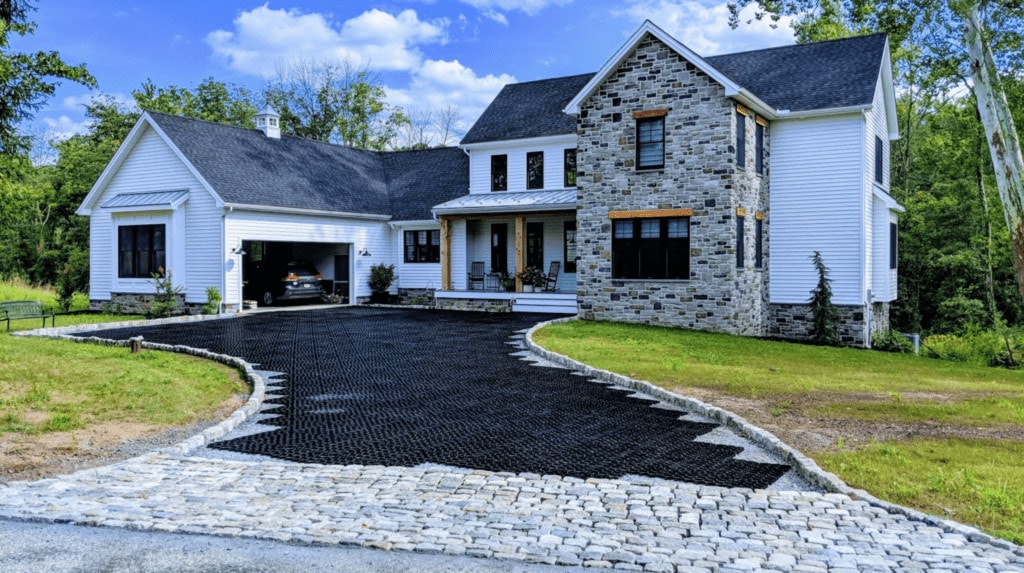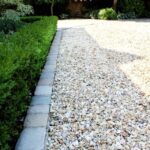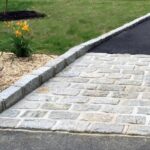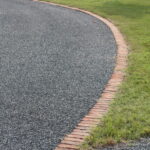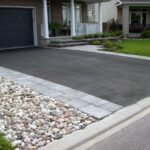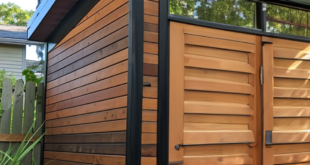Driveway edging is an often-overlooked aspect of landscaping that can greatly enhance the look and functionality of your driveway. Edging provides a defined border between your driveway and the surrounding landscape, creating a clean and polished appearance. Additionally, driveway edging helps to prevent grass and weeds from encroaching onto the driveway surface, reducing maintenance and ensuring a tidy and well-maintained appearance.
There are various materials that can be used for driveway edging, each offering different benefits and styles. One popular option is concrete or brick pavers, which provide a durable and visually appealing border. Pavers come in a variety of shapes, sizes, and colors, allowing for a customized look that complements your driveway and home. Another option is metal or plastic edging, which is typically more cost-effective and easier to install than pavers. Metal or plastic edging provides a clean and minimalist border that is ideal for modern or contemporary homes.
When selecting a material for driveway edging, it is important to consider both aesthetic and functional aspects. Concrete or brick pavers are a great choice for homeowners looking for a durable and stylish border that complements the overall design of their driveway. Metal or plastic edging, on the other hand, is a practical option for those on a budget or looking for a more subtle border that blends seamlessly with the landscape. Ultimately, the material you choose will depend on your personal preferences, budget, and the overall design of your driveway.
In addition to materials, there are also different styles of driveway edging to consider. For a classic look, consider a straight edge that runs parallel to the driveway surface. This creates a clean and symmetrical border that enhances the overall appearance of the driveway. Alternatively, you can opt for a curved edge, which adds a more organic and fluid look to the driveway. Curved edges are especially well-suited to driveways with a winding or irregular shape, as they can help soften sharp corners and create a more natural flow.
Installing driveway edging is a relatively simple and straightforward process that can be done as a DIY project or by hiring a professional landscaper. Depending on the material you choose, installation may involve digging a shallow trench along the perimeter of the driveway, securing the edging material in place, and filling in any gaps with soil or gravel. Proper installation is key to ensuring the longevity and functionality of your driveway edging, so be sure to follow manufacturer guidelines and recommendations. With the right material and installation, driveway edging can add both beauty and practicality to your home’s exterior.
